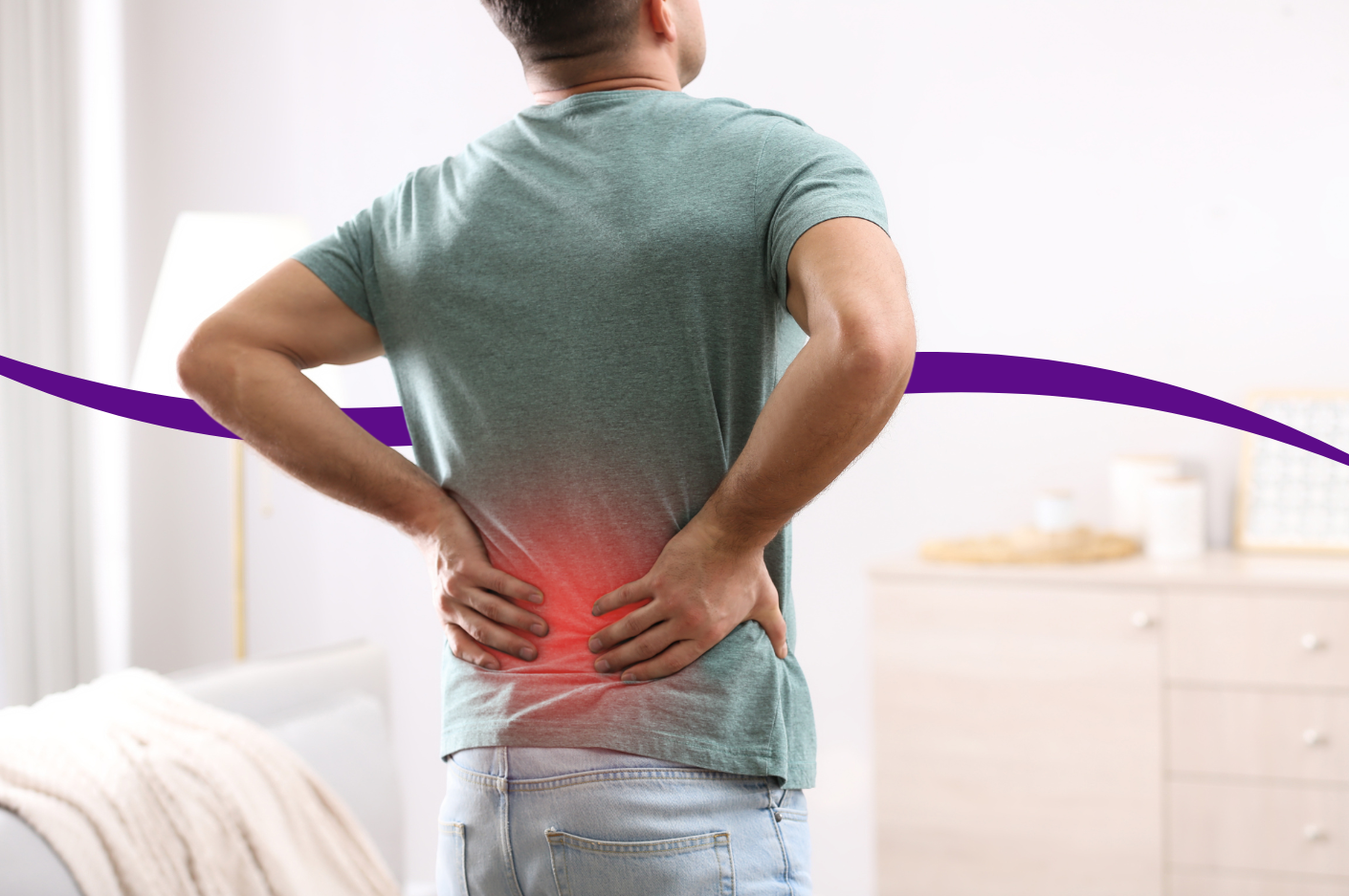
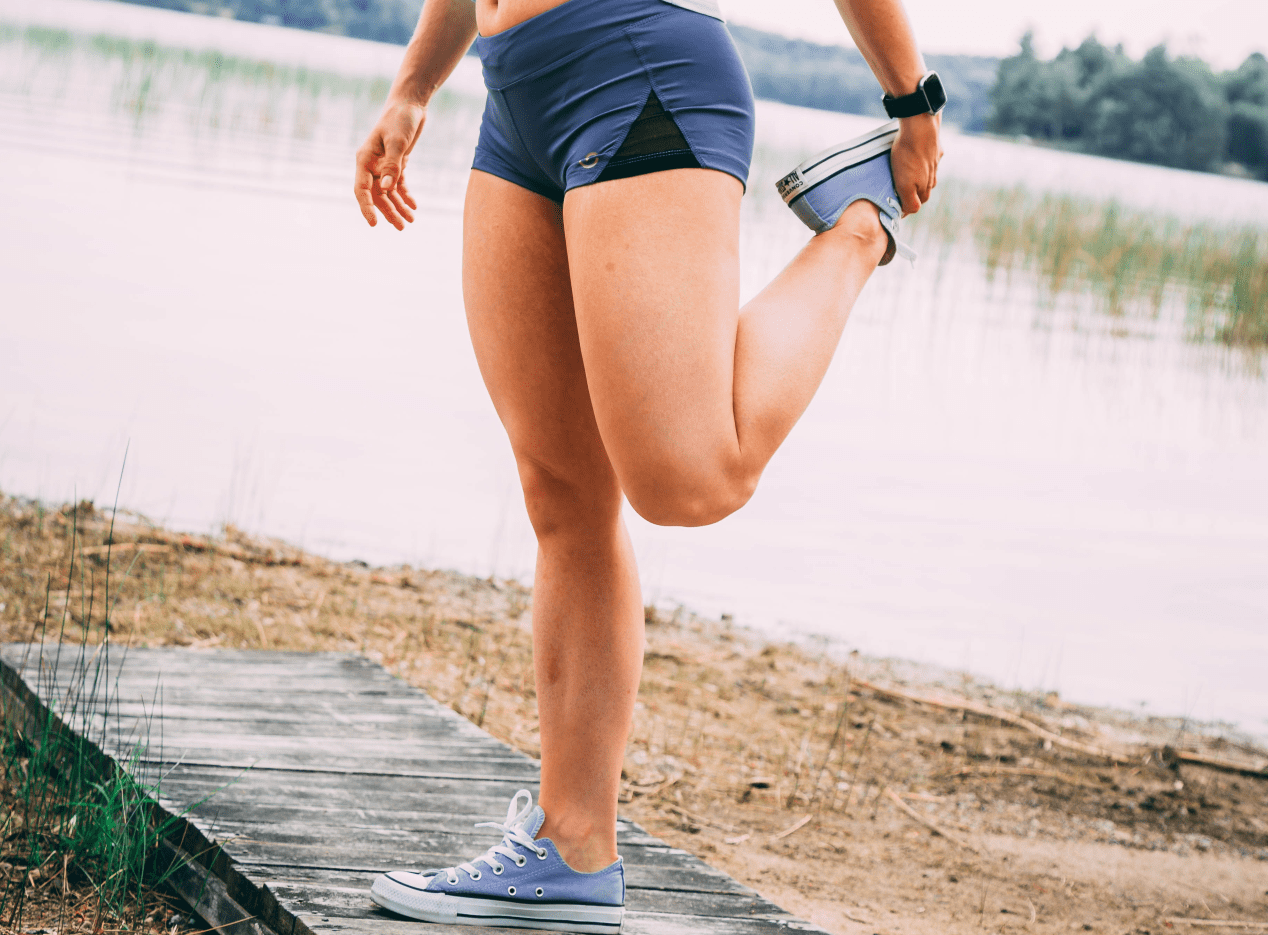
Shin splints are a common condition that refers to inflammation of the muscles, tendons and bone tissue around the shin area. The medical name for shin splints is Medial Tibial Stress Syndrome.
Shin splints are caused by repetitive stress on the shin area and commonly occur in people who do strenuous activities, like runners, dancers and soccer players. Especially when the activity had been recently increased.
While shin splints commonly occur as a result of strenuous sport, they can also be caused by a condition called flat feet or can be triggered when a person wears improper, or poor quality, footwear when exercising.
They occur when the muscles and bones in the lower leg put an excessive amount of pressure on the tissues attaching the shin bone to the muscles surrounding it. When this happens, the person will feel a significant amount of pain along the border of the tibia.
While shin splints can be treated through rest, ice and stretches, if they aren't looked after properly, the condition can escalate and create a stress fracture, or in extreme cases, a complete fracture of this bone.
It's important to have shin splints checked out by a medical professional to confirm whether you have them. A condition that causes similar symptoms, but can be dangerous, is called compartment syndrome. If your doctor determines that you have compartment syndrome, he or she may recommend surgery.
If you experience shin splints, you can help ensure that they don't escalate into a more serious condition - and to help ease the pain of the condition - by doing appropriate stretches and exercises. Below, are six easy exercises that can be done at home to help shin splints.
People with shin splints may experience some, or all, of the following symptoms:
The following exercises can be used to help build muscles in the calf area, which can help prevent shin splints from occurring.
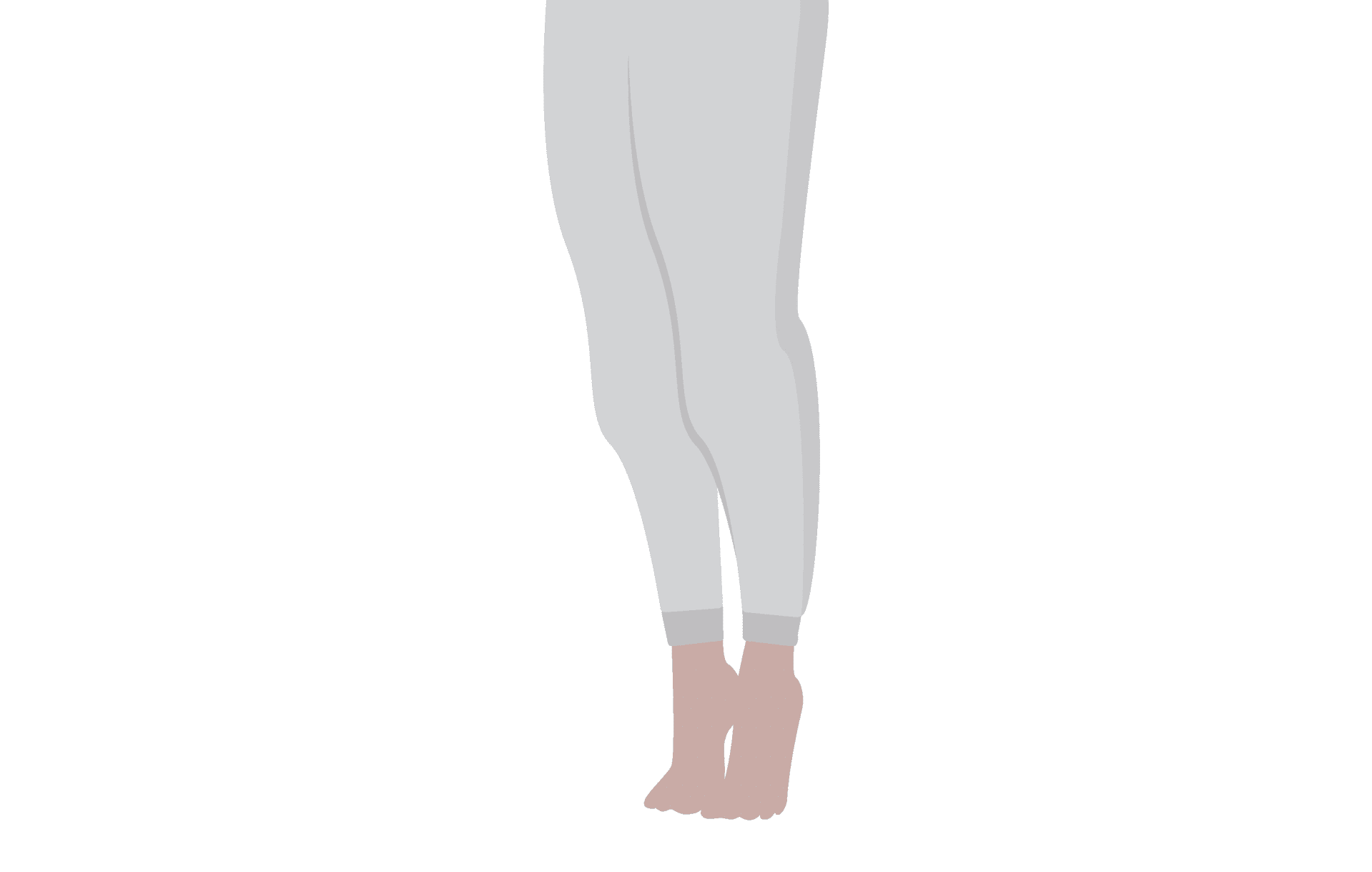
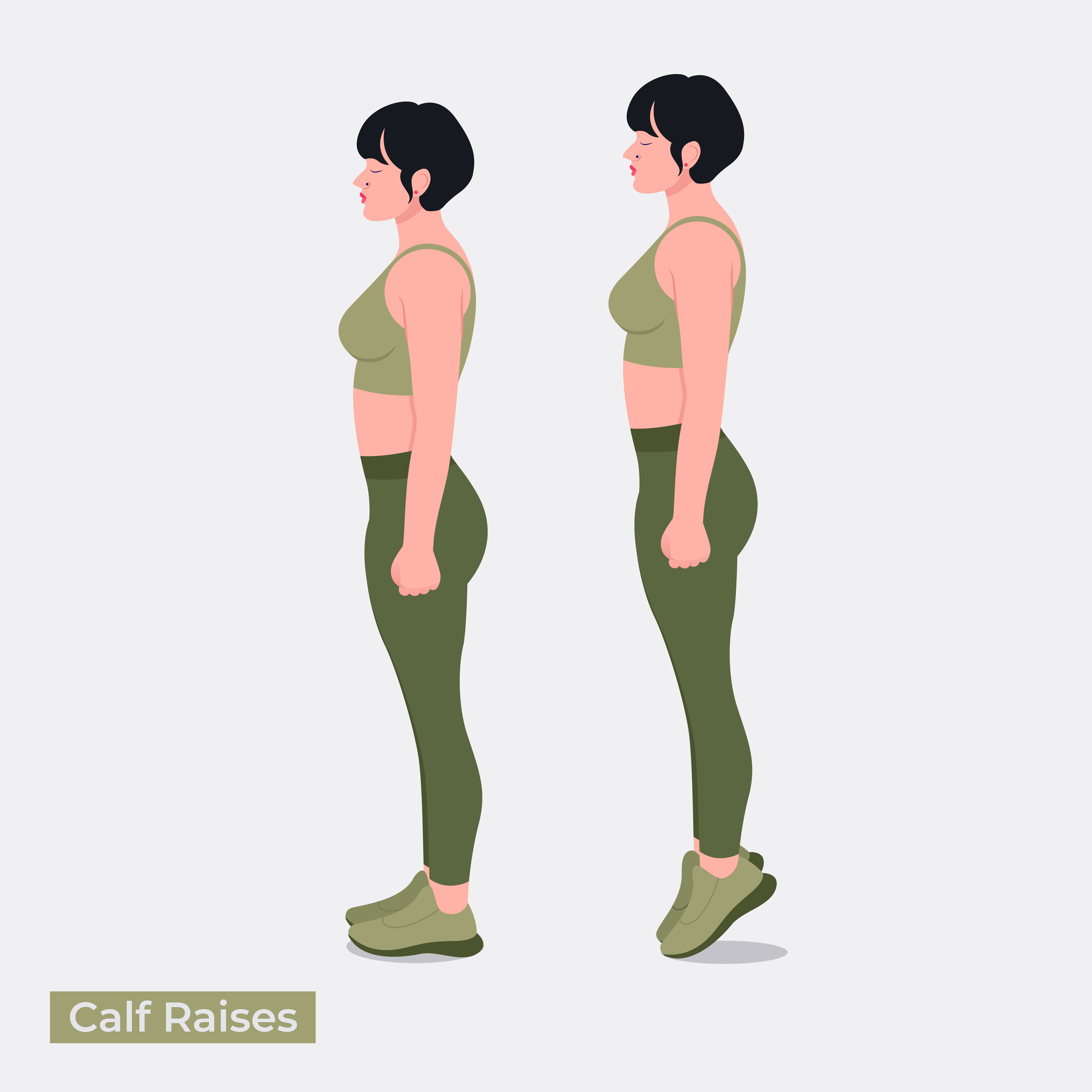
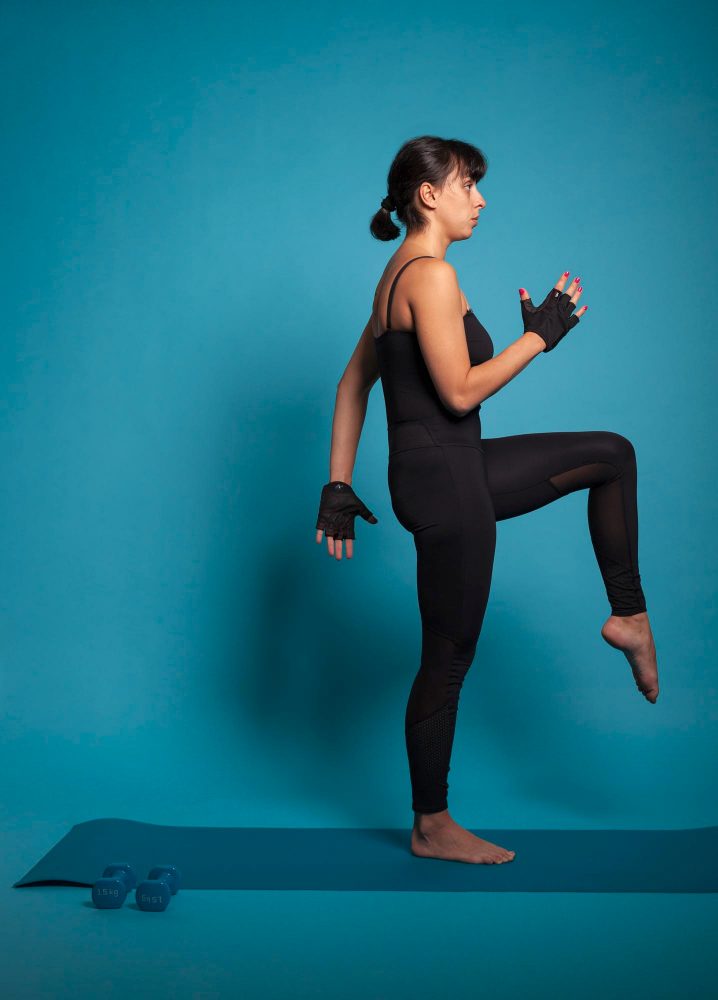
The following shin splint stretches can be done to help prevent shin splints from occurring, or to alleviate shin splint pain.
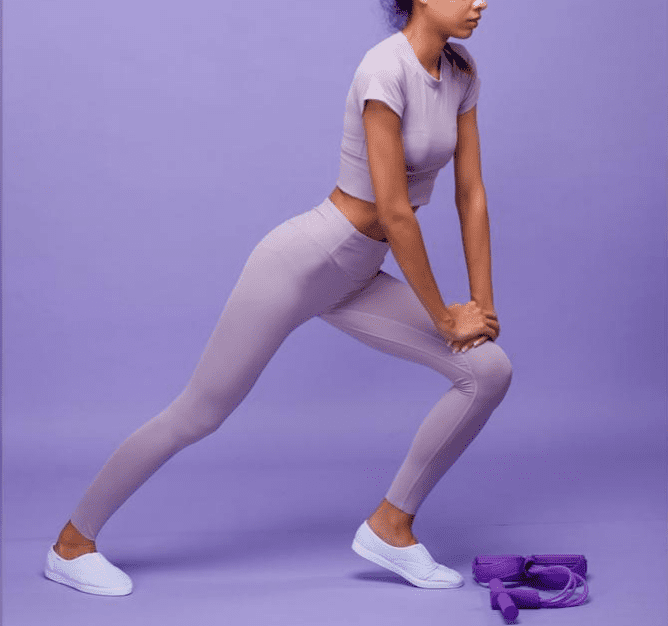

Stretches and exercises can both help prevent shin splints from occurring, and ease shin pain if you're already experiencing symptoms of the condition. However, you can tie these movements in with some light aerobic exercise.
If you already have spin splints, rest is very important, and you absolutely shouldn't do any exercise that involves impact, so it's always best to check whether this is appropriate with your physician first. If your physician believes aerobic exercise will be beneficial, they will likely recommend some low-impact exercises, like swimming, cycling or water aerobics.
If you're an athlete or spend a significant amount of time exercising, then you're probably already familiar with how problematic shin splints are, and will want to avoid developing them. To do so, ensure you follow practices that help prevent shin splints. Below, are some useful tips that can help stop shin splints from developing.
Shin splints can be triggered and worsened when a person wears the wrong footwear for the activity they are doing. When exercising, you should ensure that you always have high-quality supportive footwear. Runners should wear sneakers that have good flexibility and adequate cushioning.
People with tight calves and hamstrings are at a much higher risk for shin splints than those who have flexibility in this area. You can loosen your calves and hamstrings by stretching daily. There is a list of appropriate calf and hamstring stretches above.
If you naturally use an incorrect technique when running or jumping, it can put pressure on the wrong areas or muscles, and shin splints may occur as a result. This happens a lot when runners overpronate - which means the ankles roll in - or supinate - which means the feet roll toward the outside edge.
To ensure that you have the correct exercise technique, you can have a physical therapist conduct an analysis. They can point out anything that can be corrected and can help you understand how to move in a way that won't trigger injuries down the line.
As we touched on before, shin splints are very common in runners. This is especially true when a runner suddenly increases the distance they are covering dramatically. If you're looking to run longer and further, but want to avoid injury, you should slowly increase the distance you're running. For example, if you run 5kms daily, you can increase it to 5.5kms for a week, before increasing again. A good rule of thumb is to only increase distance by a maximum of 10% per week.
If you're an avid exerciser and are feeling some (or all) of the symptoms listed above, then you may already be experiencing the onset of shin splints. If this is the case, the importance of rest can not be stressed enough. If you catch shin splints early on, they are much easier to heal - and can be fixed through rest. You should never keep running or exercising if you feel pain in this area or you may risk causing a fracture - and a much longer recovery time.
If you are experiencing shin pain, there's a good chance that you may have shin splints. However, there are some conditions - like compartment syndrome that have similar symptoms but should be treated differently. For this reason, you should always have your symptoms checked out by a medical professional before undertaking a treatment program.
A qualified podiatrist will be able to conduct a physical exam or run some tests, to determine whether you have shin splints or a different condition. They'll also be able to advise you on the best way to repair and rehabilitate your condition.
Book your appointment with our podiatry team online here or call us on (07) 3356 3579.
| Monday | 7:40am - 6:00pm |
| Tuesday | 7:40am - 6:00pm |
| Wednesday | 7:40am - 6:00pm |
| Thursday |
7:40am - 6:00pm |
| Friday | TEMP CLOSED |
| Saturday | CLOSED |
| Sunday | CLOSED |
Ground Floor, 344 Queen Street,
Brisbane City QLD 4000
| Monday | 7:40am - 6:00pm |
| Tuesday | 7:40am - 6:00pm |
| Wednesday | 7:40am - 6:00pm |
| Thursday |
7:40am - 6:30pm |
| Friday | 7:40am - 5:00pm |
| Saturday | 7:40am - 4:30pm |
| Sunday | CLOSED |
Newmarket Village, 114/400 Newmarket Rd, Newmarket QLD 4051